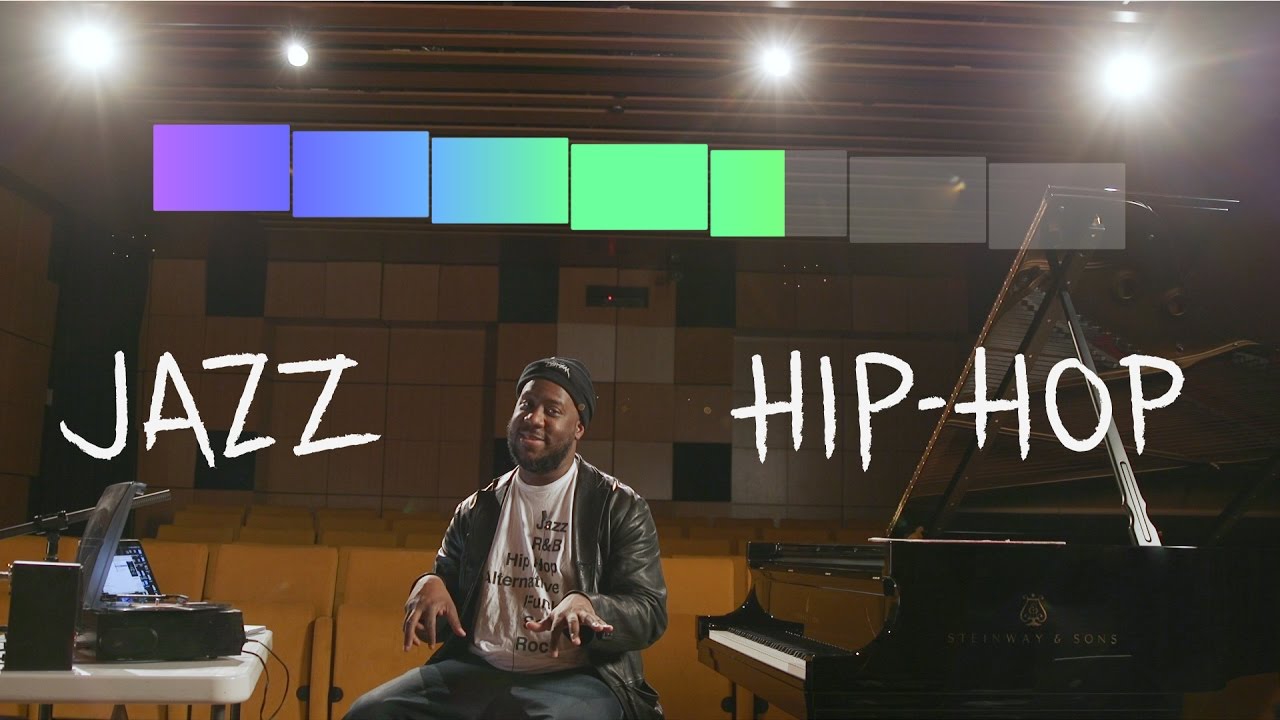![]()
I always refer to a very hostile back and forth I had with a jazz professor on Facebook who said Hip-Hop isn’t music because it doesn’t have a melody or musical qualities. Since that time every time I run across a great jazz artist, I make sure to share the analysis they present as evidence that just because you are in a classroom teaching, and you understand musical theory it doesn’t mean you can define what music is or isn’t. This is a dope analysis by Robert Glasper. Check it out.
Description from YouTube below:
Why do hip-hop producers gravitate towards jazz samples?
—————————————————————
by ALEX ARIFF
For a mood, for sonic timbre, for a unique rhythmic component. Swing is a precursor to the boom-bap. “If you’re a hip-hop producer that wants a lot of melodic stuff happening,” pianist Robert Glasper says, “you’re probably going to go to jazz first.”
Glasper has lived in an area of overlap between jazz and hip-hop for more than two decades — and you can hear it in his piano playing, which often drifts into cyclical rhythms akin to a beat-maker’s loops. It’s all one and the same to Glasper: recasting the music of Miles Davis for an R&B audience or rocking live shows with Q-Tip; playing acoustic jazz with his trio or streamlined soul with his Grammy-winning Robert Glasper Experiment.
In this short doc, Glasper identifies three jazz samples, from tracks by Ahmad Jamal and Herbie Hancock, that have served as source material for famed hip-hop producers J Dilla and Pete Rock.
MUSIC:
Ahmad Jamal Trio, “I Love Music,” The Awakening (1970)
Nas, “The World Is Yours,” Illmatic (1994)
Herbie Hancock, “Come Running To Me,” Sunlight (1978)
Slum Village, “Get This Money,” Fantastic, Vol. 2 (2000)
Ahmad Jamal, “Swahililand,” Jamal Plays Jamal (1974)
De La Soul “Stakes Is High,” Stakes Is High (1996)


